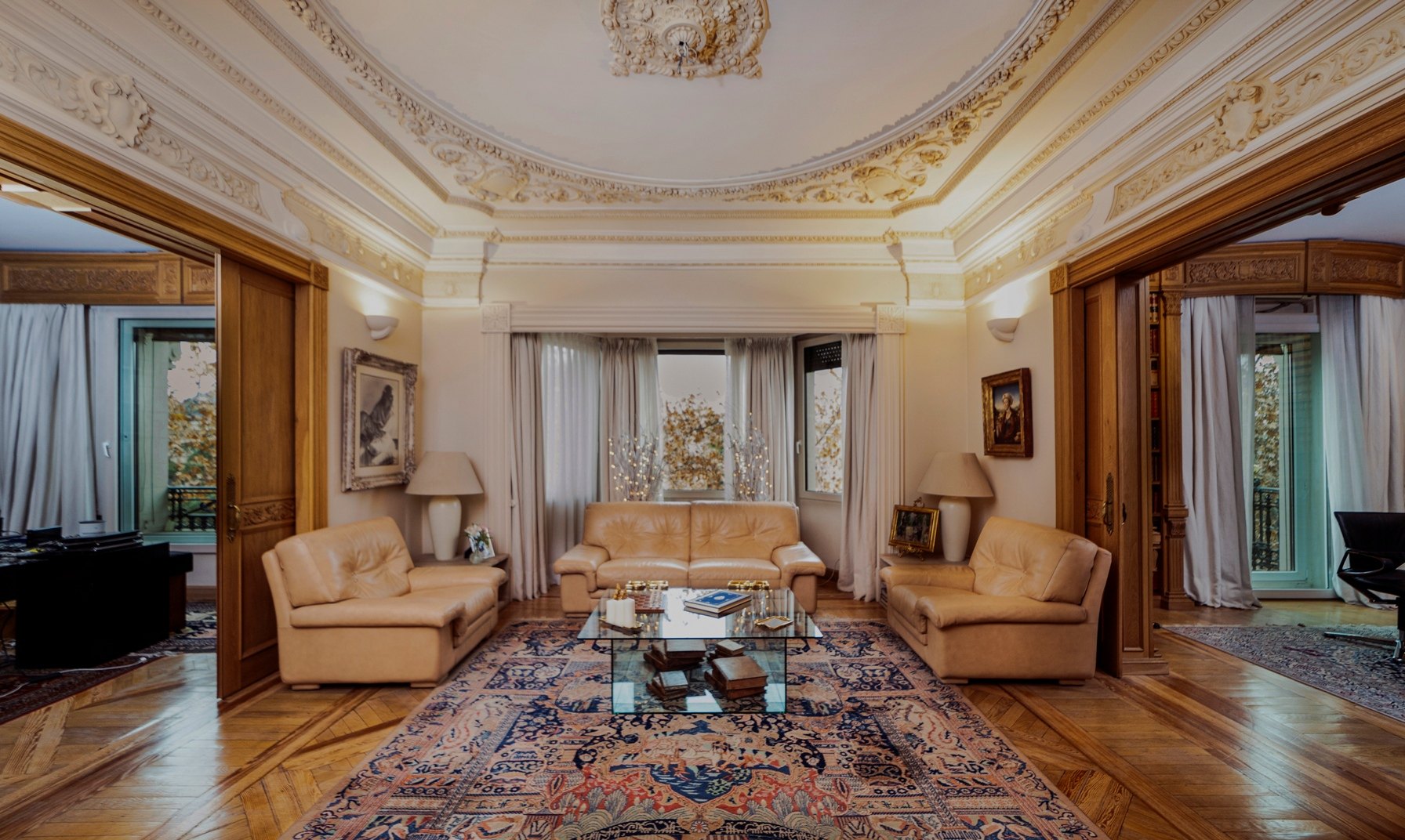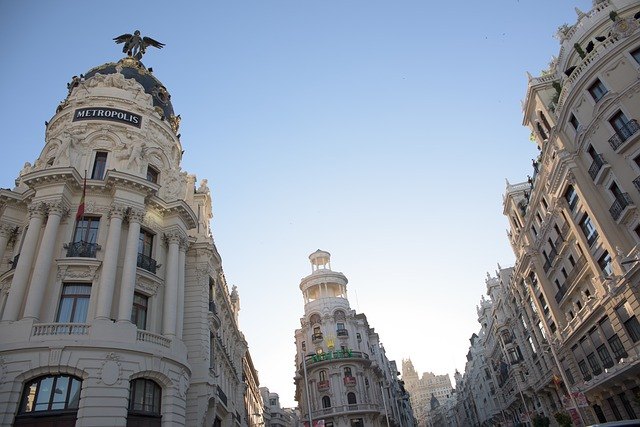
Linguistic Diversity in International Real Estate and the Rise of Latin American Investment in Madrid
· 2 min. read · by Julia Del Valle
The increase in Latin American real estate investment in Madrid has led to a greater familiarity with regional terminology such as "departamento", "monoambiente", and "casa de vecindad".
At Christie’s International Real Estate Madrid, we understand firsthand that the Spanish language is remarkably rich and diverse, particularly when it comes to terminology in the international real estate market. While the term apartment is widely understood across different countries, each region has developed its own distinct vocabulary, reflecting the cultural and historical influences that shape language. These linguistic variations highlight how each Spanish-speaking country adapts its terminology to fit its unique traditions and social contexts. Although we may be referring to the same concept, the words we use connect us to our heritage and local customs.
Regardless of whether one is looking to purchase an "apartamento", "departamento", or "piso", Madrid remains the top destination for Latin American real estate investors.

Linguistic Nuances in Real Estate Terminology
Latin American investors account for approximately 70% of real estate acquisitions in Madrid. However, the terminology used to describe residential properties varies significantly across the region:
• Mexico: The most commonly used term is “departamento”, which is prevalent in both formal and informal contexts and typically refers to a residence in a multi-story building.
• Colombia: While “apartamento” is the preferred term, “piso” is also used in certain regions. The distinction often depends on the size and level of luxury associated with the property.
• Argentina: The term “departamento” is widely used, but when referring to a one-room apartment, the word “monoambiente” is commonly added to emphasize its compact and functional layout.
• Peru: “Departamento” is the most frequently used term, with dpto. often appearing in real estate listings, particularly in informal contexts.
• Cuba: In addition to “apartamento”, the phrase “casa de vecindad” is used to describe shared housing in historic buildings.
• Venezuela: Unlike many other Latin American countries, the term “piso” is commonly used instead of “apartamento”.

The Impact of Latin American Investment in Madrid
Since 2018, the Community of Madrid has experienced a significant increase in Latin American residents, with the number of Venezuelan, Peruvian, and Colombian nationals doubling. Additionally, there has been a notable rise in Argentine and Mexican investors.
This surge in investment has not only brought substantial capital into the market but has also contributed to the linguistic and cultural diversity of Madrid’s real estate sector. The growing presence of Latin American buyers continues to shape the city’s property market, making it a dynamic and internationally connected hub.
Investing in Madrid with Christie’s International Real Estate
For those looking to invest in the Spanish real estate market, Christie’s International Real Estate Madrid offers an exclusive selection of high-end properties in Madrid’s most prestigious locations. Our expert team provides impeccable service and in-depth knowledge of the luxury real estate sector, ensuring a seamless and rewarding investment experience.